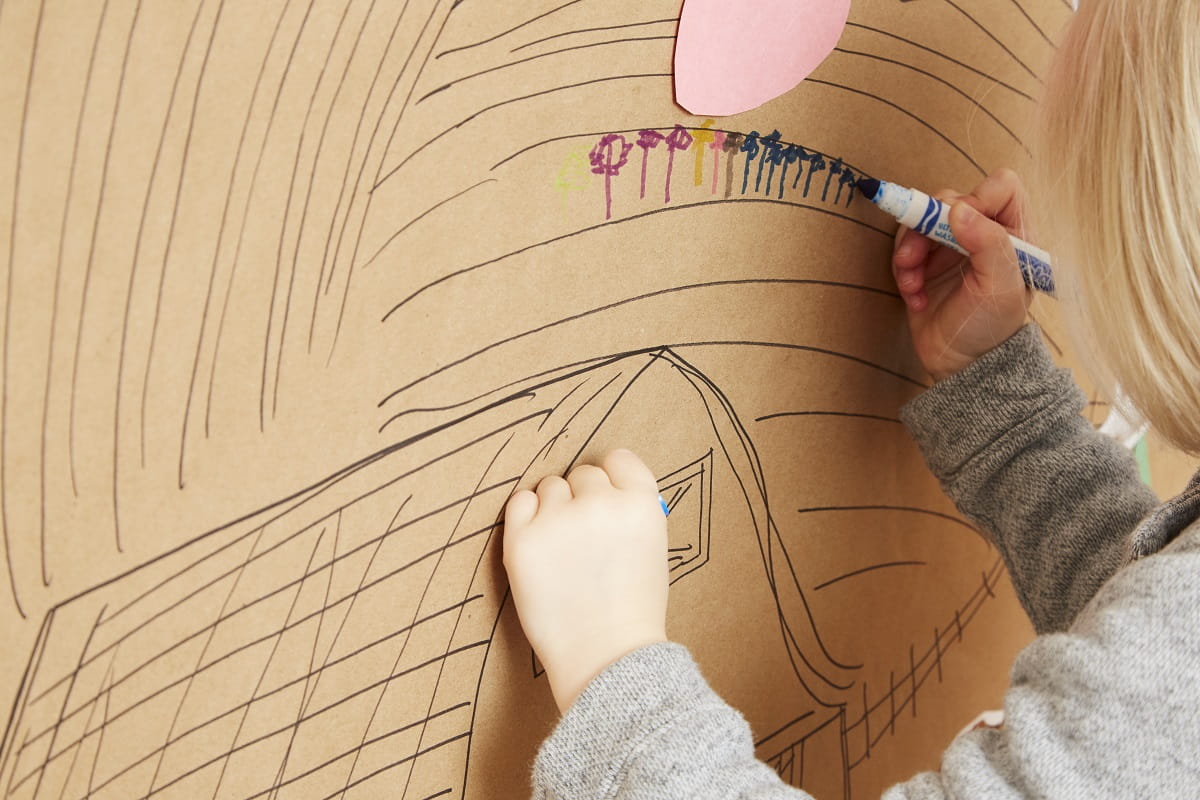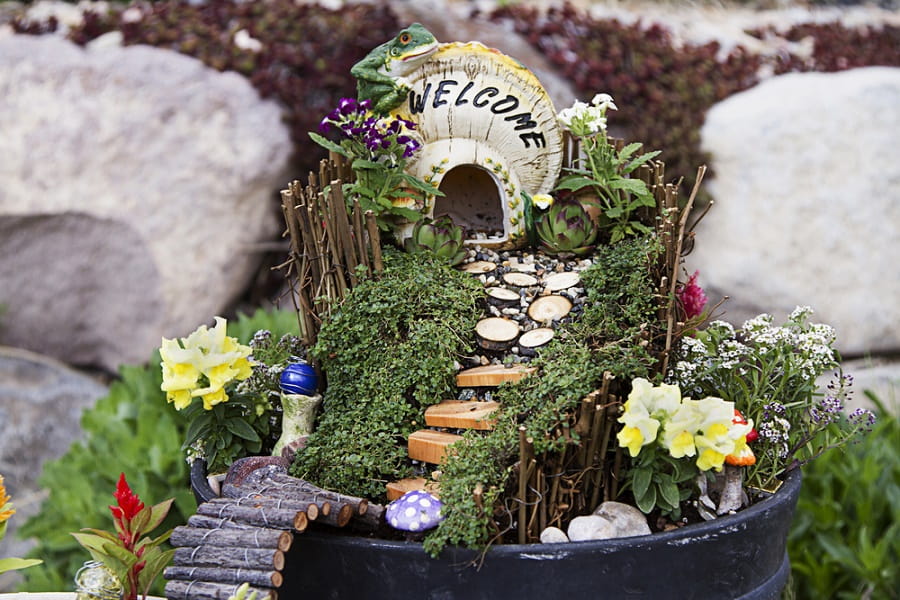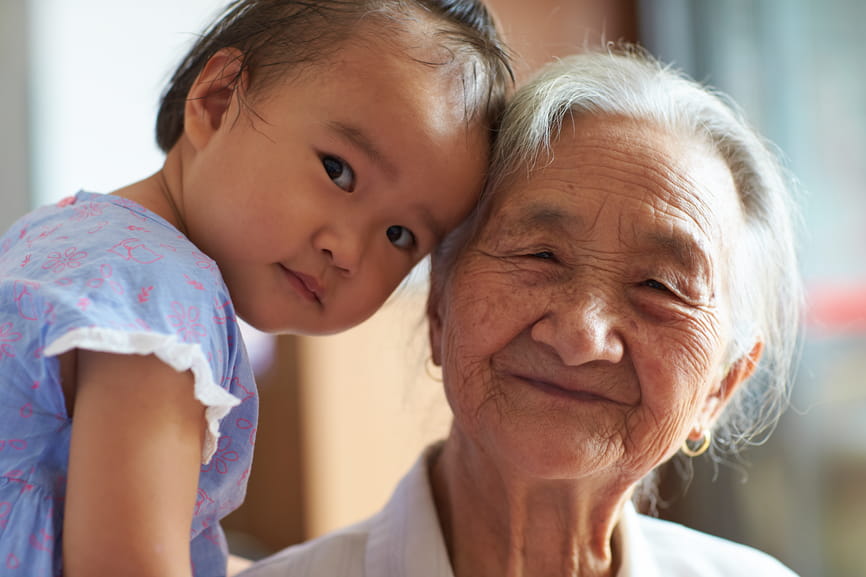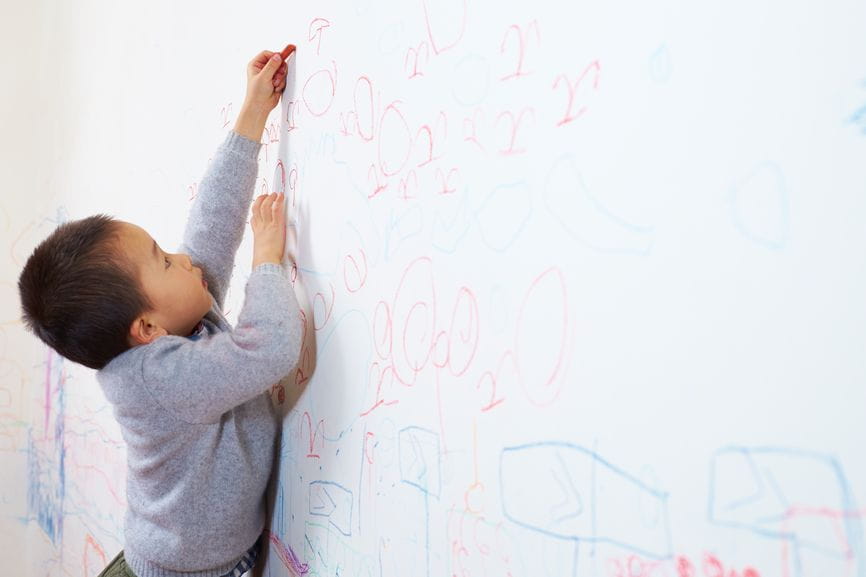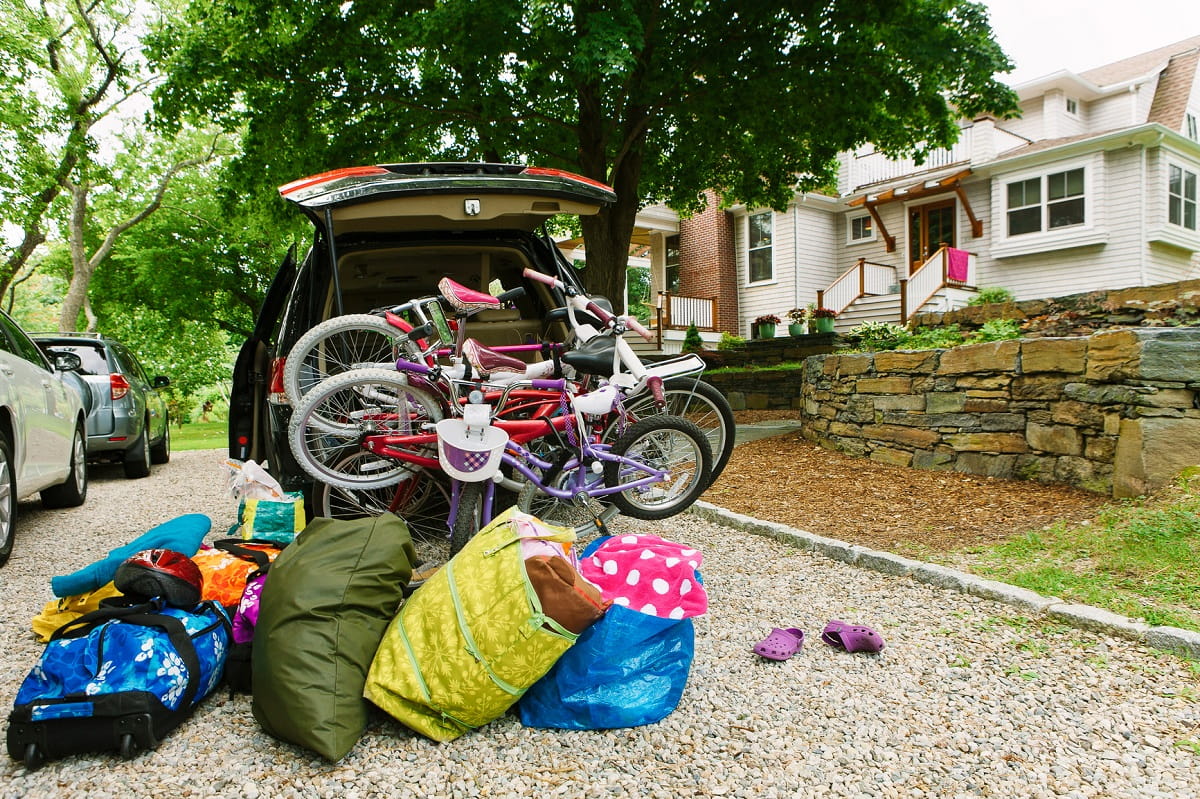Think (Really) Big: Make a Farm Mural with Your Littlest Artist
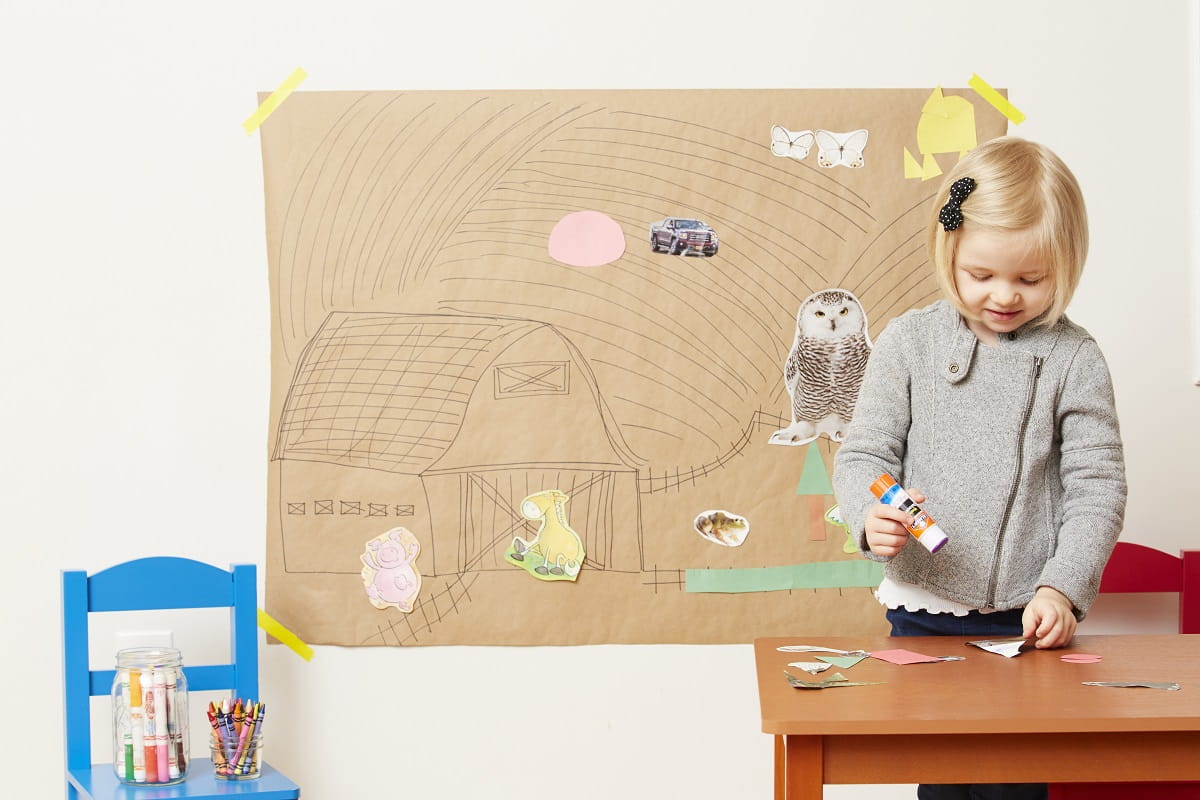
It’s harvest time! Fall is the season of spiced cider, pumpkin picking, apple orchards…and…tea leaves? In our classrooms, yes! This month at KinderCare, our 4-year-olds are studying a 19th-century Chinese Qing Dynasty painting called Harvesting Tea Leaves. Inspired by the old-world painting—a peaceful depiction of farmers gathering their crops amidst the daily rhythms of life in rural China—our kids make farm murals of their own.
Join in the harvest by making your own farm mural. Here are five ways to explore farming life (and some foundational artistic concepts) inspired by this classical artwork.
1. Draw on the walls!
Keep the wallpaper pristine (and still capture all the delight) by taping a large sheet of butcher paper to the wall—this will be your kiddo’s canvas. You can even try running paper along the entire length of a room to give her imagination plenty of space to roam.
2. Sketch a barn, get your duckies in a row.
Together, lay out some simple lines to represent the farm: a barn, a tilled field, or a fenced animal enclosure. (Tip: a fat black crayon or felt-tipped marker is a great option for making bold, graphic lines.) Then gather your mural supplies, starting with drawing tools like crayons, colored pencils, or pens. If you've got collage materials, magazine pictures, or stickers depicting farm scenes or objects—rolling fields of wheat, farm animals, flowers, farmers, or tractors—grab those, too!
3. Try overlapping shapes.
In the painting Harvesting Tea Leaves, the artist used overlapping shapes to show which objects are closer or farther away. You can demonstrate the technique by drawing overlapping shapes, or make it even simpler: Have your little artist put a chicken sticker (or the like) on top of his drawing of a farmer. What happens? Does the chicken look like it’s closer or standing in front of the farmer?
4. Create a sense of space.
Landscape painters frequently create the illusion of distance by using perspective. They change the size of objects and are very deliberate with where those objects are placed. It’s actually a neat trick: Smaller objects near the top of a picture will look farther away, while larger objects near the bottom seem closer. Try adding different-size shapes to your family farm mural, and experiment with drawing them near the top and bottom of the picture. What happens when your child draws a large tractor at the bottom of the page, and a small one toward the top?
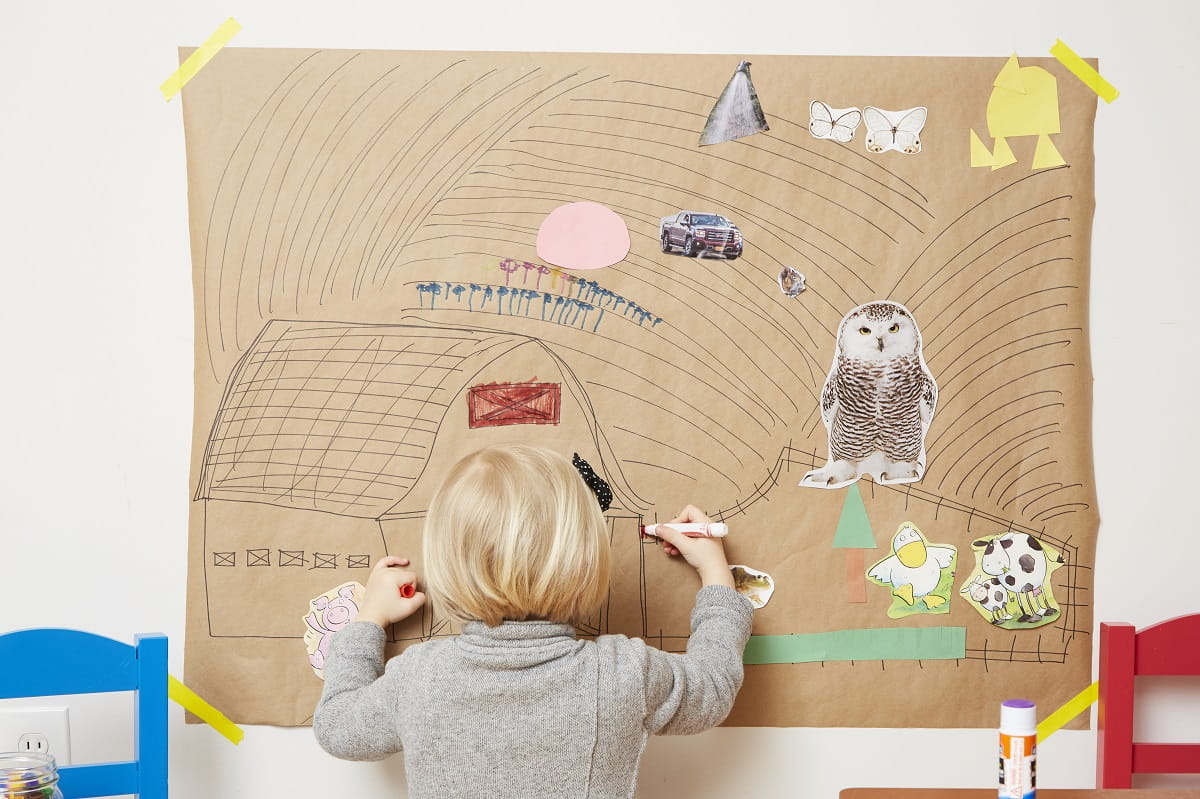
5. What does your garden grow?
Love macaroni and cheese? Help your child “plant” some wheat in the mural, and make sure you’ve drawn some cows in the farmyard to milk for cheese. Are carrots a hit at the dinner table? “Plant” in your mural! As you create your masterpiece, talk with your kiddo about where food comes from and how it grows—this helps her connect the meal on her plate to the people who grow it, and to the natural world.
Learning we love: When your child practices adding a sense of perspective to her painting, she is honing her math skills and her understanding of spatial relationships. Sticking a chicken in front of the farmer helps her explore how objects in space relate to each other. Language also plays a role here: She’s thinking mathematically when she describes objects in space as bigger, smaller, farther, closer and higher—with enough practice, she’ll be ready to tackle geometry (eventually)!
